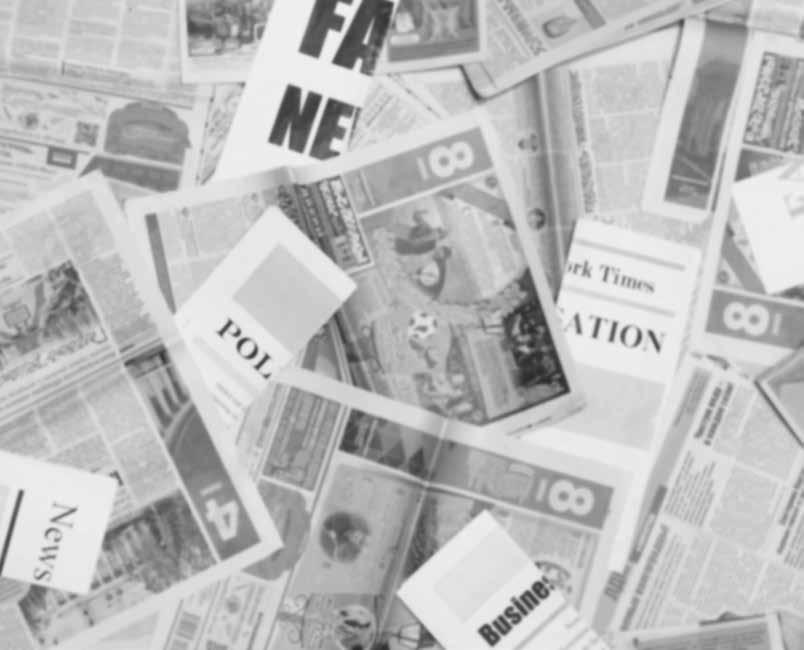
1 minute read
HEARING AIDS
Hearing Aids: APPROPRIATE VOLUME AND PROTECTING YOUR HEARING
Hearing aids are designed to help their wearers hear better. In fact, they help people understand better. That said, you can rest assured that hearing aids will never be loud enough to damage the residual hearing of their wearers.

An assessment by an audioprosthetist is required to determine which hearing aid suits the patient’s needs.
In fact, hearing aids won’t cause discomfort by amplifying overly loud sounds. Of course, they do occasionally need to produce loud sounds, but if they made their wearers uncomfortable (by produ- Audioprosthetists program the MPO into the cing sudden sounds, for example), nobody would hearing aids, because it can vary depending on the want to wear them! Overly loud sounds could also model and the extent of the wearer’s hearing loss. encourage wearers to manually turn down the volume on their hearing “Hearing aids won’t The audioprosthetist will ensure that the MPO offers the patient the best aids. However, doing this makes the cause discomfort compromise between comfort and hearing aids less able to process other, necessary sounds. by amplifying overly effectiveness. After all, MPO settings can affect the sound quality of the As a solution to this issue, modern hearing aids use non-linear amplification, which increases the volume of quiet sounds and decreases the volume of loud sounds. When amplification and the ability to hear clear, intelligible speech sounds. They also allow the hearing aids to reproduce the varying volumes of the noises around us. loud sounds.” the surrounding sounds reach a certain thresh- If you have any questions, don’t hesitate to get old and the amplified volume reaches potentially in touch with your audioprosthetist! uncomfortable levels, a limiting or clipping system kicks in to define the maximum output level, or MPO (Maximum Power Output). Charles-Edouard Basile Business Development Manager
Reference - Harvey Dillon, Hearing Aids, Second Edition, Thieme, New York, 2012.










